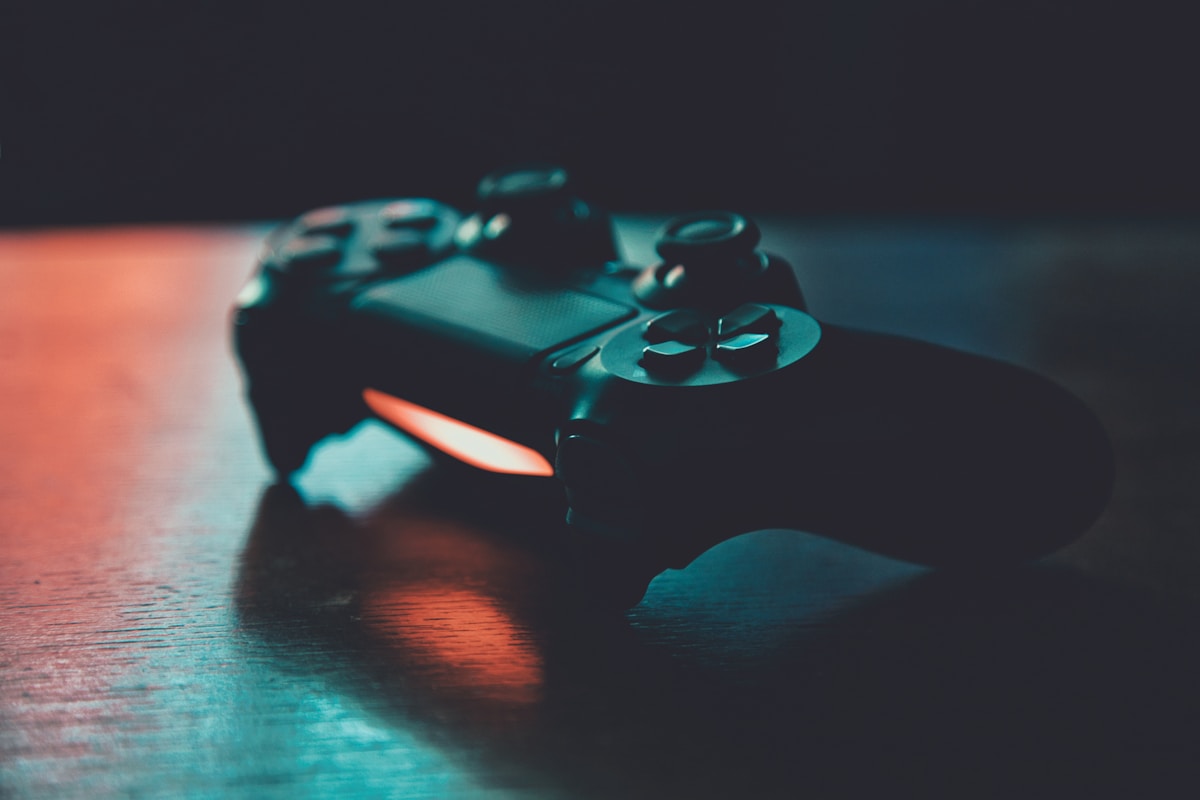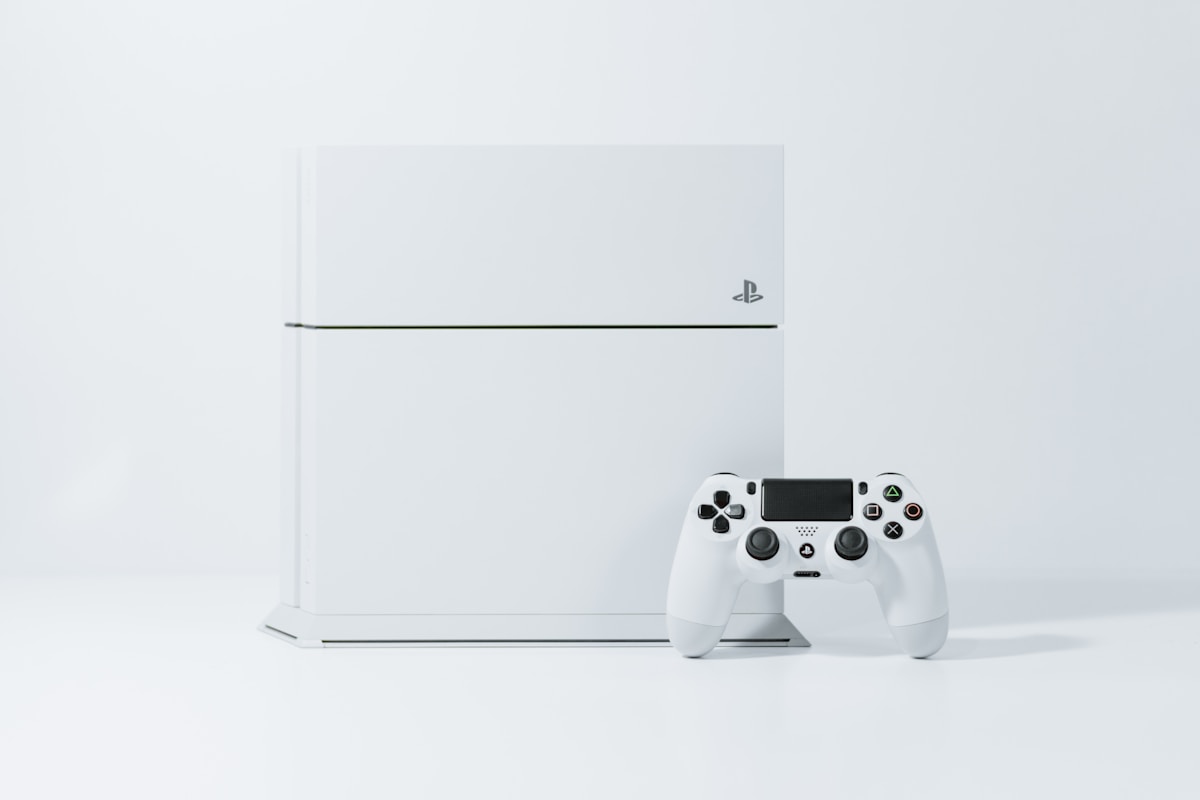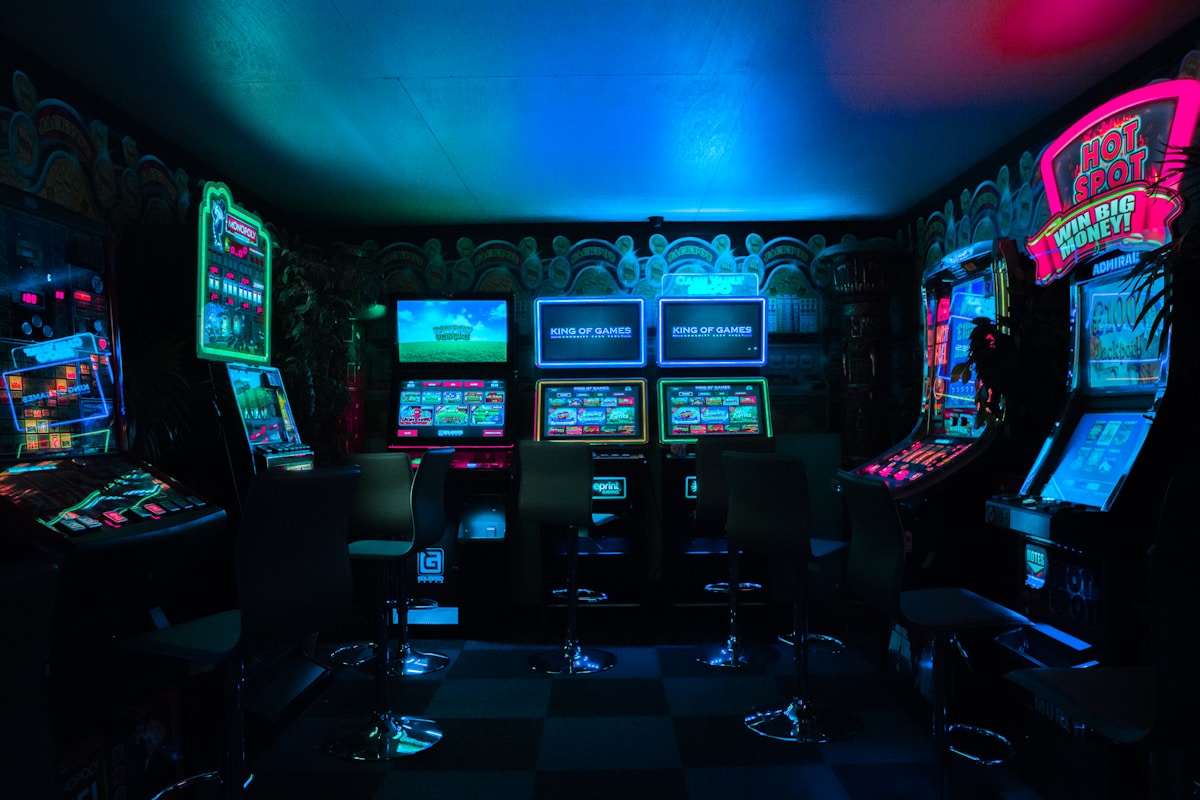Square Enix is taking Final Fantasy 7 Remake Part 3 in a new direction. Director Naoki Hamaguchi just confirmed the trilogy’s finale won’t retread the same gameplay formula established in Rebirth, promising a fresh take that evolves the experience beyond what players have seen in the first two installments.
A Different Approach to Gameplay
Speaking at Tokyo Game Show, Hamaguchi made it clear the development team isn’t interested in delivering the exact same style of gameplay experience as Rebirth. Instead, Part 3 aims to offer what he calls a fresh take on the Final Fantasy 7 gameplay formula. This suggests Square Enix is moving away from the open-zone exploration structure that defined much of Rebirth’s design.
The shift makes sense narratively. Rebirth’s sprawling regions across Gaia suited the midsection of Cloud’s journey, where the party explored the world and strengthened their bonds. Part 3 covers the endgame, a more focused stretch of story that doesn’t necessarily benefit from the same wide-open approach. Fans have speculated this could mean tighter, more linear areas reminiscent of the original Remake, or perhaps a semi-open world design that balances exploration with narrative momentum.
Multiplatform Development Without Compromise
Unlike Remake and Rebirth, which launched as PlayStation exclusives before expanding to other platforms, Part 3 is being developed for multiplatform release from day one. That includes PlayStation 5, PC, Xbox Series X and S, and potentially Nintendo Switch 2. Hamaguchi assured fans this broader approach won’t slow down development or compromise quality.
Square Enix has designated separate teams for each platform to ensure the multiplatform strategy won’t impact development whatsoever. Most progress is moving smoothly, with the Switch 2 version in particular getting attention from the main development team. Hamaguchi praised the Switch 2’s hardware specs and expressed confidence in the optimization work being done for both docked and handheld modes.
The Xbox Series S Memory Problem
There’s one wrinkle. The Xbox Series S, with its lower memory compared to other platforms, has created some technical headaches. Hamaguchi acknowledged that like many other publishers, Square Enix encountered issues with the console’s hardware limitations. This isn’t a new complaint. Studios like Larian faced similar struggles getting Baldur’s Gate 3 running properly on the Series S.
Despite the memory constraints, the team remains confident they can deliver a quality experience across all platforms. The Xbox challenges haven’t derailed the overall development schedule, which Hamaguchi describes as going extremely well with a lot of content already playable.
What We Know About Development Progress
Part 3 has been in full production since November 2024, and recent updates suggest significant progress. Hamaguchi told Automaton that much of the game exists in playable builds, with the overall direction and form firmly locked in. The team is now focused on refining and polishing what’s already there, a stage of development that typically comes after major structural decisions have been made.
The design philosophy guiding Part 3 has also been decided. Previous entries used keywords to shape their themes. Remake centered on reunion as Cloud reunited with his comrades after years apart. Rebirth focused on bonds as the party grew closer throughout their journey. The keyword for Part 3 hasn’t been revealed publicly, but it’s already embedded in the gameplay builds the team is testing.
Addressing Fan Concerns About Scope
Some players worried that Rebirth’s underwhelming sales might force Square Enix to scale back ambitions for Part 3. Hamaguchi directly addressed these concerns, emphasizing that Rebirth has been doing very well on both PlayStation 5 and PC since its rocky launch. The game earned a Metacritic score of 92 and has regained momentum, giving the studio confidence to deliver a proper high-quality finale.
Producer Tetsuya Nomura recently stated Square Enix knows exactly when they’ll officially reveal Part 3, though no date has been announced. With development moving along right on schedule and playable content already substantial, fans might not have to wait as long as they feared between Rebirth and the trilogy’s conclusion.
The Switch 2 Optimization Challenge
Getting Rebirth and Part 3 running on Switch 2 required serious technical work. The console has strong specs, but power consumption constraints mean performance dials back in handheld mode. A straightforward port wouldn’t cut it, so Square Enix’s rendering programmers invested extra effort into optimization to ensure stable performance whether the Switch 2 is docked or portable.
Hamaguchi identified lighting as the crucial factor for maintaining graphical quality. Rather than approximate lighting and make the game feel cheap, the team reduced processing loads elsewhere. Post-effects and fog took hits to preserve high-quality lighting, which Hamaguchi considers essential for modern graphics and visual expression.
What This Means for the Finale
The decision to evolve beyond Rebirth’s gameplay style signals Square Enix understands Part 3 needs to feel distinct. Rebirth’s open zones worked for exploration and building relationships, but the climactic stretch of Final Fantasy 7’s story demands different pacing. Whether that means returning to the tighter corridors of Midgar, introducing new mechanics around the Highwind airship, or something else entirely remains to be seen.
What’s clear is that Square Enix isn’t taking the safe route. They could have easily copied Rebirth’s formula, tweaked a few systems, and called it a day. Instead, they’re treating Part 3 as an opportunity to deliver something fresh while still honoring the original game’s legacy. That ambition could pay off big if they nail the execution.
Frequently Asked Questions
Will Final Fantasy 7 Remake Part 3 be open world like Rebirth?
No. Director Naoki Hamaguchi confirmed Part 3 won’t deliver the same gameplay style as Rebirth. The team is pursuing a fresh approach that evolves beyond the open-zone exploration structure used in the second game.
When will Final Fantasy 7 Remake Part 3 be released?
No release date has been announced. Producer Tetsuya Nomura stated Square Enix knows when they’ll officially reveal the game, but development is still in the refinement and polishing stage despite having substantial playable content.
What platforms will Part 3 launch on?
Part 3 is being developed for PlayStation 5, PC, Xbox Series X and S, and potentially Nintendo Switch 2. Unlike previous entries, it’s being built as a multiplatform release from the start rather than a timed PlayStation exclusive.
Is the Xbox Series S causing development problems?
The Xbox Series S has presented some technical challenges due to its lower memory compared to other platforms. However, Square Enix has designated teams for each platform and doesn’t expect the issue to impact overall development.
How far along is development on Part 3?
Development is going extremely well according to Hamaguchi. Much of the game is already playable, the overall direction is firmly set, and the team is focused on refining content. Development has been moving along right on schedule since entering full production in November 2024.
What is the design philosophy keyword for Part 3?
The keyword has been decided but hasn’t been publicly revealed. Remake used reunion and Rebirth focused on bonds. The Part 3 keyword is already embedded in playable builds but remains under wraps for now.
Will Rebirth’s poor sales affect Part 3’s quality?
No. Hamaguchi assured fans that Rebirth has been performing very well on PlayStation 5 and PC, earning strong critical acclaim. Square Enix is committed to delivering a proper high-quality finale to the trilogy.
Conclusion
Part 3 is shaping up to be more than just another chapter. By deliberately moving away from Rebirth’s gameplay approach and committing to a multiplatform strategy from the ground up, Square Enix is positioning the finale as something distinct rather than a safe sequel. The Xbox Series S memory issues are a bump in the road, but with dedicated teams handling each platform and development progressing smoothly, the technical hurdles seem manageable. Now the question is when Square Enix will finally pull back the curtain and show what this fresh take on Final Fantasy 7 actually looks like.


